Windows is powered by hundreds if not thousands of small processes and frameworks running in the background to give us the easy-to-use and functional OS most of us use. However, these background processes don’t always run as expected.
In this article, we’re looking at why the Windows Wireless LAN 82.11 Extensibility Framework uses too many system resources and what you can do to fix the problem.
What is this framework?
The Windows Wireless LAN 82.11 Extensibility Framework is an interface that different WiFi adaptor drivers use to talk to Windows wireless security and connectivity features.
Occasional spikes in CPU usage by this framework are normal; however, if it’s running on high resources for a sustained period, it could indicate an issue with your PC. Here are some of the most popular reasons.
- Outdated or corrupt network drivers.
- Corrupt system files.
- Outdated Windows version
- A malware could be operating disguised as the framework.
The genuine file is located at C:\Windows\System32\ and is completely safe to use. The file size is about 101KB, and the name of the file is wlanext.exe. If you have a file with any other names or larger size, it could indicate a malware infection as well.
Also read: Windows 10 stuck on restarting: 5 Fixes
How to fix this?
Here are a few fixes you can try.
Restart the router
As always, the first step of troubleshooting anything is to reboot the device that may be causing the issue.
It almost seems like a joke now, but rebooting your device does have some pretty surprising results, and you might be able to resolve many seemingly random issues.
Run the Network adaptor troubleshooter
A lot of times, using the Windows troubleshooter can fix your issue. Right-click on the network icon in the taskbar, click on Troubleshoot problems and let the troubleshooter do its thing.
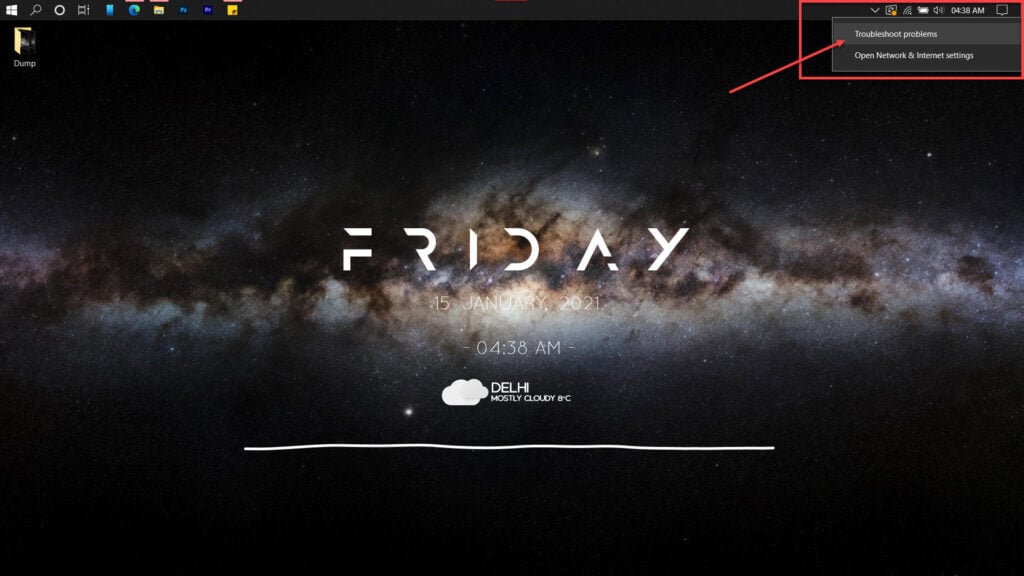
Once the troubleshooter has run, restart your PC and try again.
Update the OS
In such situations, another thing to do is make sure your OS is up to date. Developers usually diagnose these issues based on insider reports or feedback from customers and issue fixes or patches in the form of updates. Check to ensure you’ve got the latest update installed on your system.
You can check out our detailed guide on how to update Windows here
Check your drivers
Your network adaptor’s (WiFi or ethernet) drivers could also be causing connectivity issues. Try connecting to the internet using either an ethernet connection or any other alternatives and follow these steps to get your drivers in place.
Step 1: Press Windows key + R, type in devmgmt.msc and hit enter.
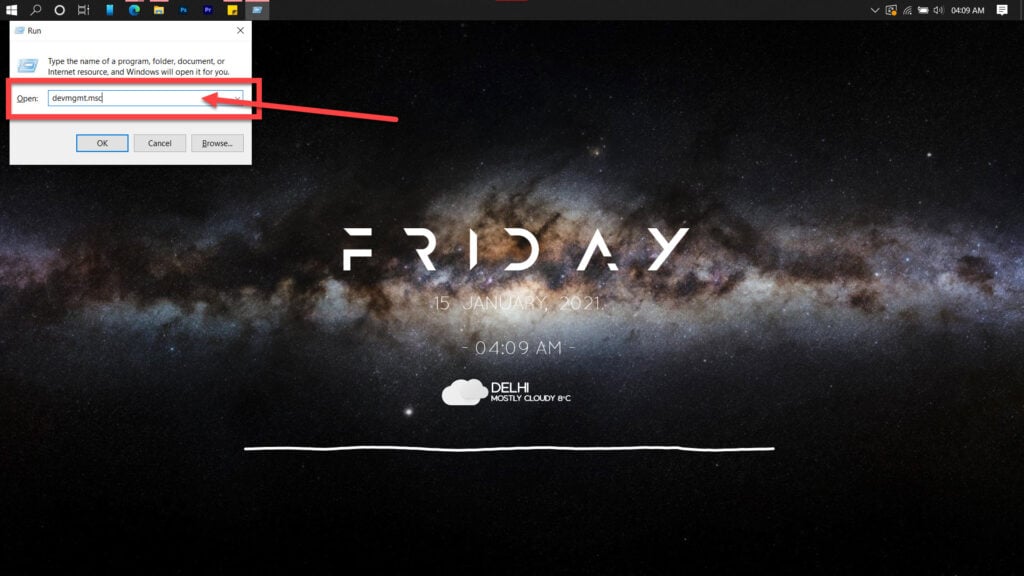
Step 2: Double click Network adaptors to expand it and right click your WiFi card or ethernet adaptor, depending upon what you need to fix. Click on Update driver.
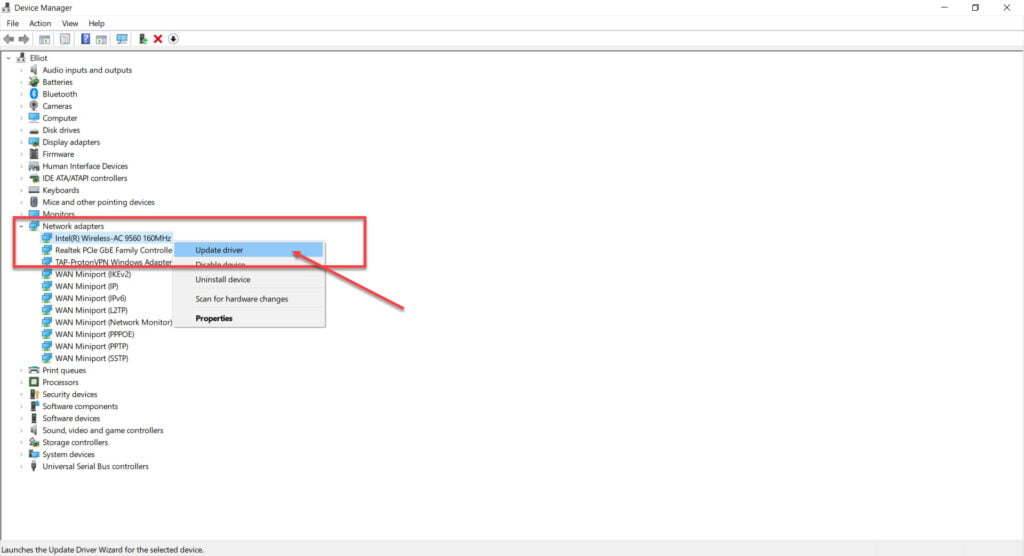
Step 3: Select Search automatically for drivers, and Windows will find and install any available updates.
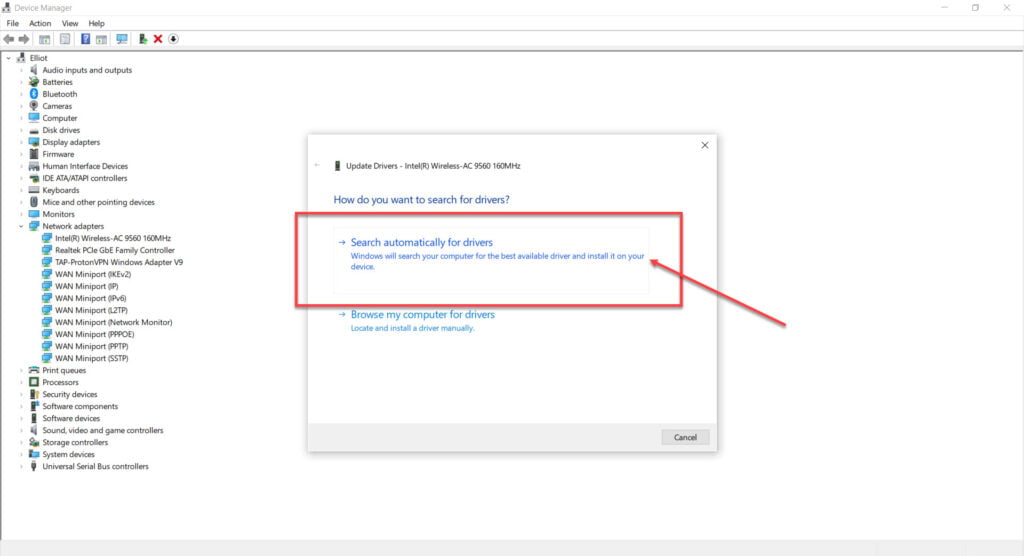
Once the drivers are updated, restart, and the process should take up fewer resources.
Also read: What is APC index mismatch in Windows 10? 5 Fixes
Run an SFC scan
Corrupt files are the number one reason your PC might behave weirdly. Here’s how you can get rid of them and potentially resolve your issue.
Step 1: Press Windows Key + S to bring up the Cortana/Search box and search for Powershell. Open Windows Powershell from the search results.
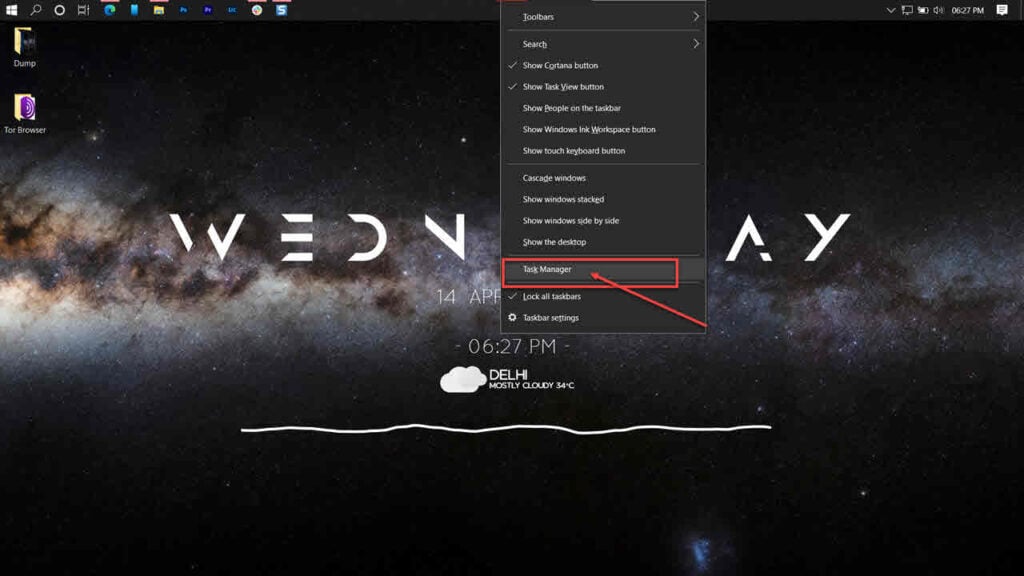
Step 2: Type sfc /scannow to scan your system for issues.
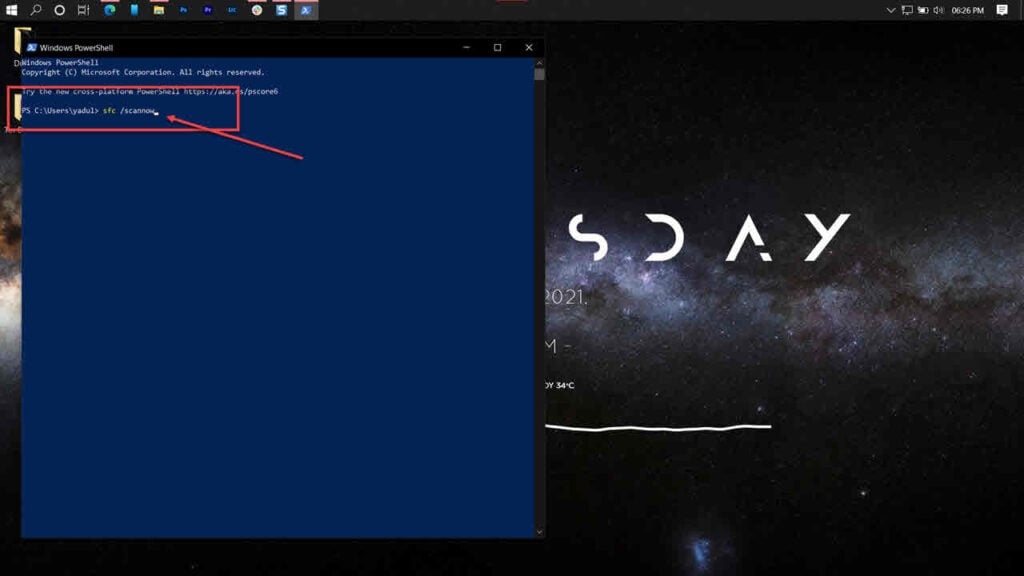
Step 3: If the SFC scan finds any problem, use the following command to resolve them.
DISM /Online /Cleanup-Image /RestoreHealth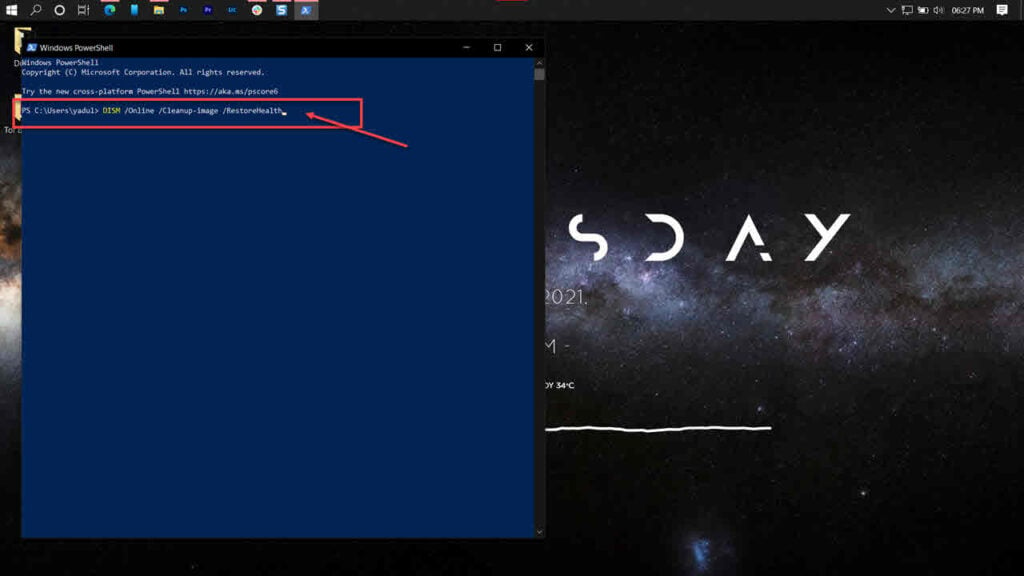
Restart your PC, and the issue will be resolved.
Disable the network adaptor
At times, toggling your network adaptor can also fix the problem.
Step 1: Press Windows key + I to open the Windows settings.

Step 2: Click on Network & Internet.
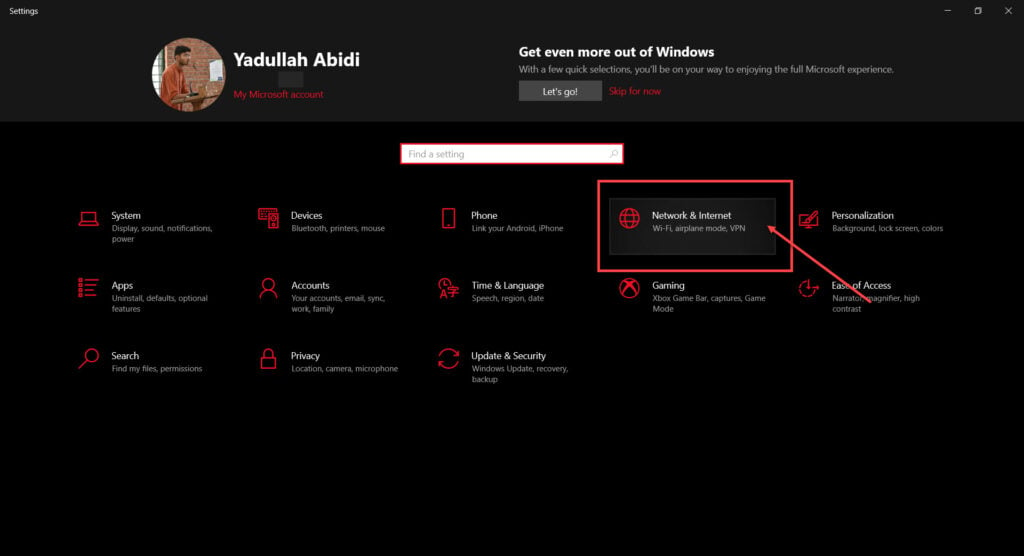
Step 3: Click on Change adaptor options.
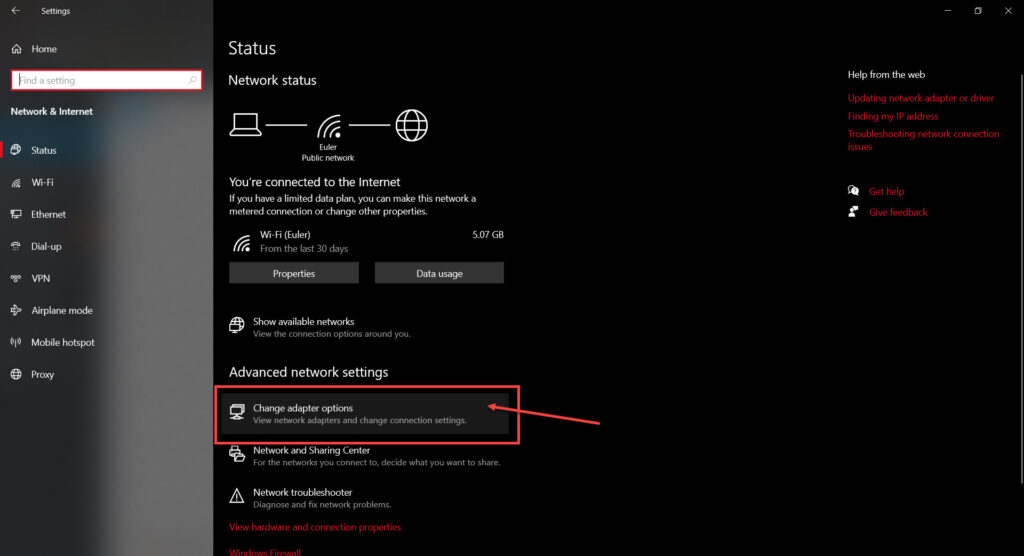
Step 4: Right-click on your WiFi network and click Disable.

Once the adaptor has turned off, enable it again and restart your PC. The framework’s CPU usage should be lower.
Repair your system
If nothing else works, the best way to get rid of the problem is simply reinstalling or repairing your OS.
The Windows Media Creation tool is a great way to install and repair the OS. Using this, you can perform a clean installation or repair your OS without affecting your data.
You can download the Media Creation Tool here
Also read: Windows was unable to complete the format: 2 Fixes







Better a simpler solution
Open the task manager, click on this process and find the file location
rename this .exe file
Kill the process in task manager and it won’t start again 🙂
Hi Yadullah, thanks for your advice. On my Lenovo T540p laptop process ‘Windows wireless lan 802.11 extensibility framework’ had been using 30% CPU for several days. Rebooting made no difference. After reading your site I toggled the wifi adaptor off and usage dropped to zero, but remained zero even when I re-enabled the wifi adaptor. There was no need to reboot, and usage stayed zero after sleep or reboot. Can’t imagine what’s happening but very pleased that the fan now stays silent.
DAT.
You’re welcome DAT! Happy to help.